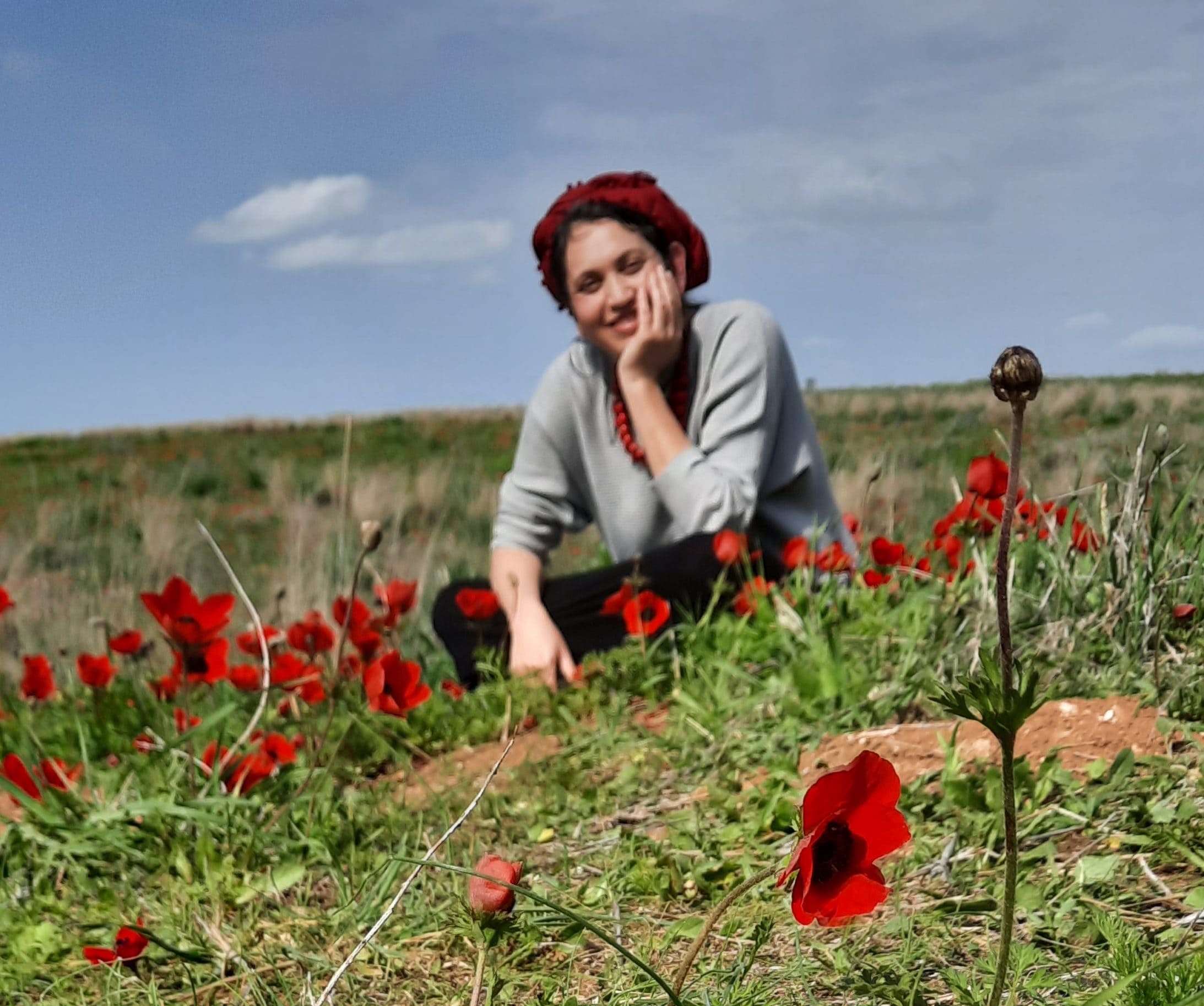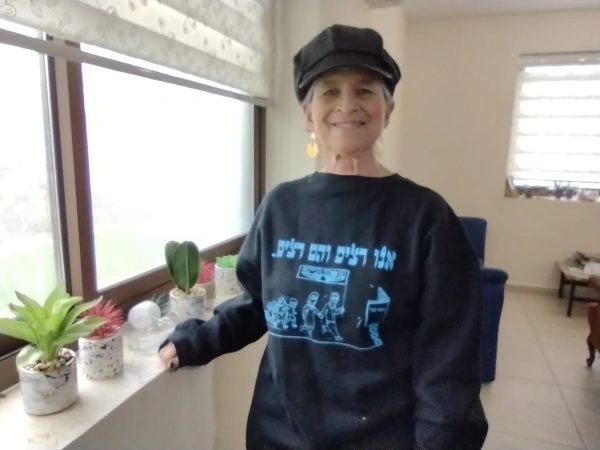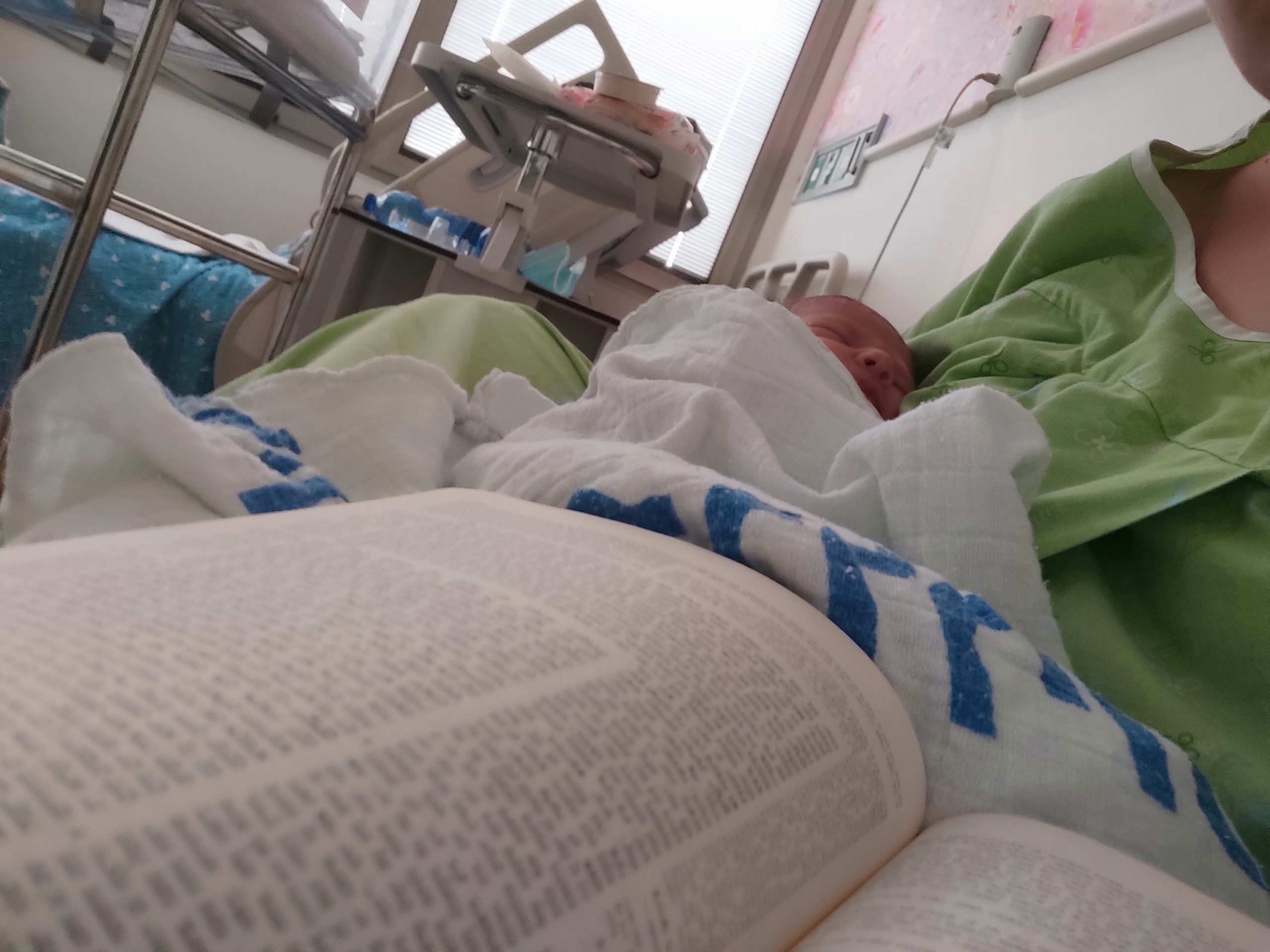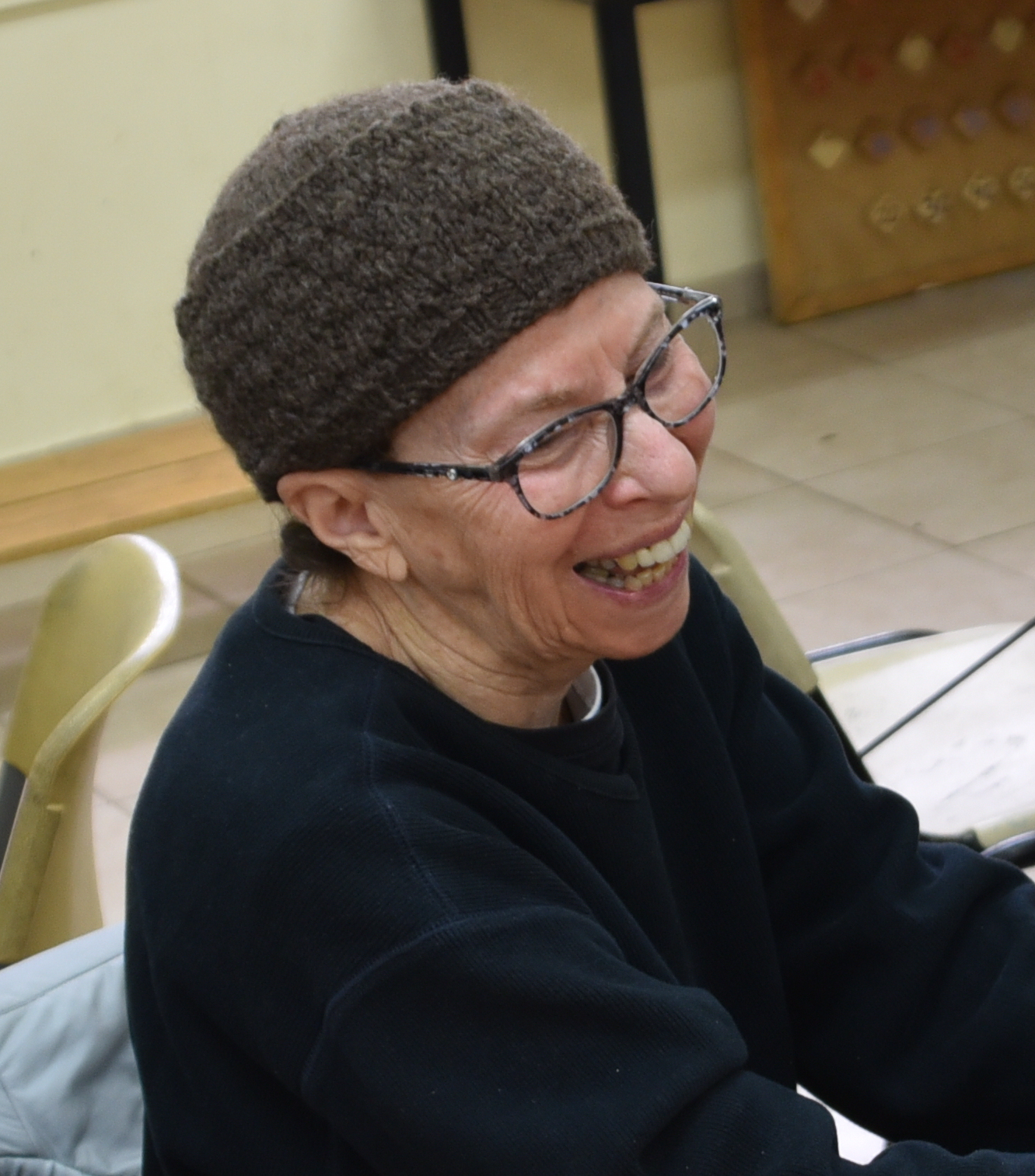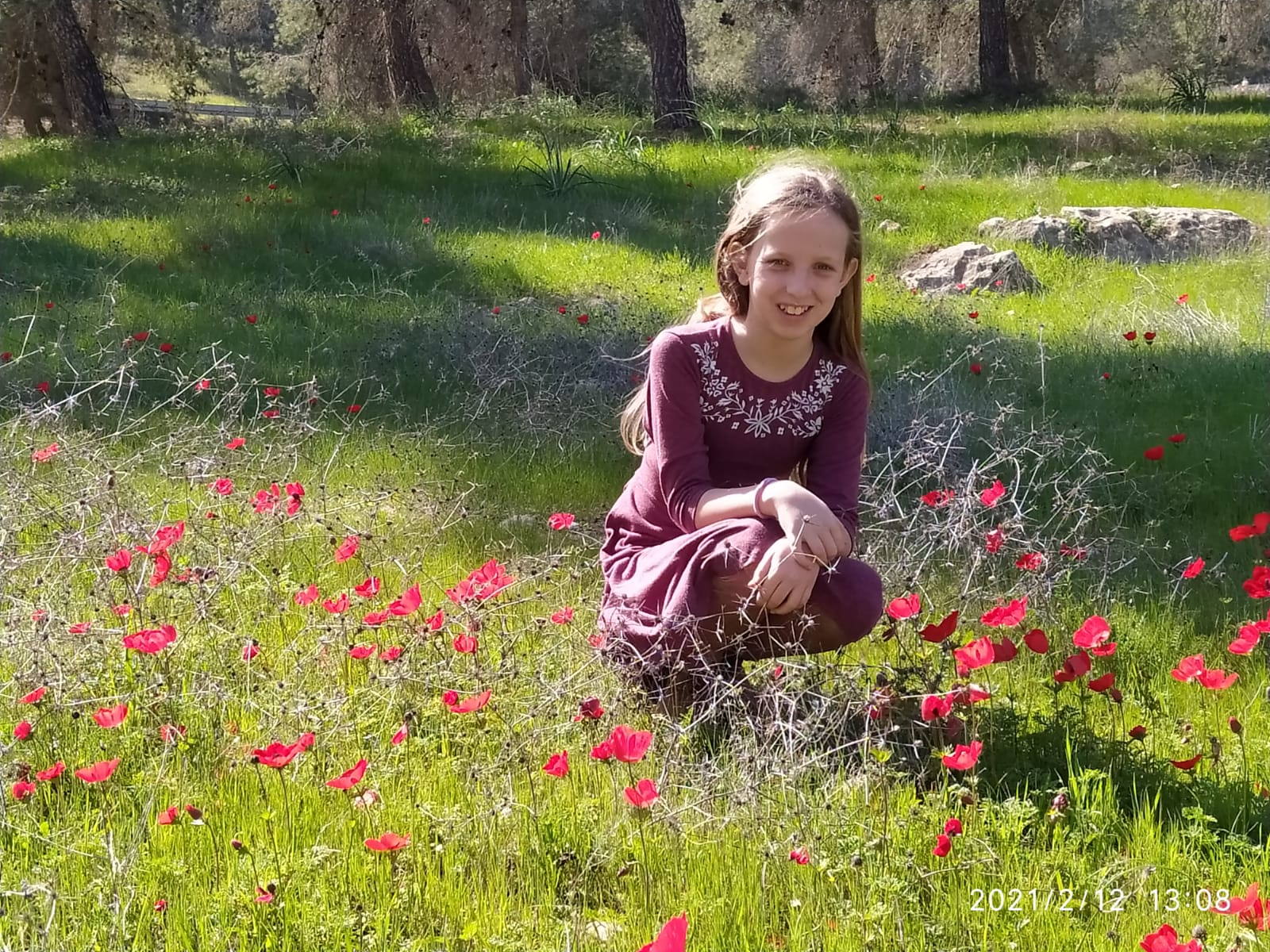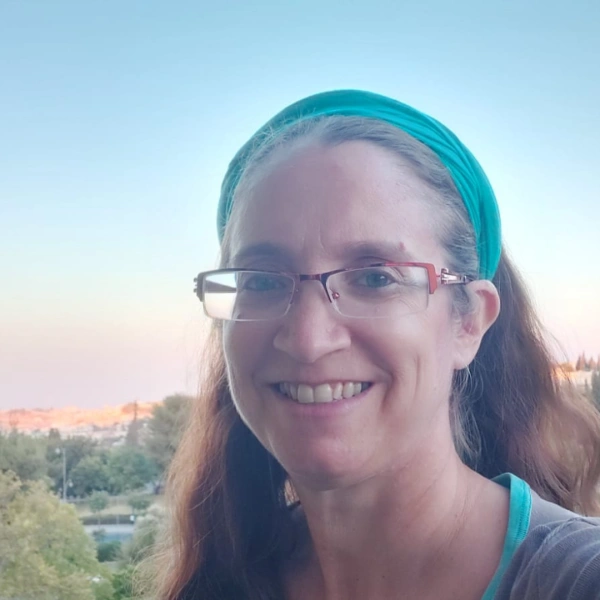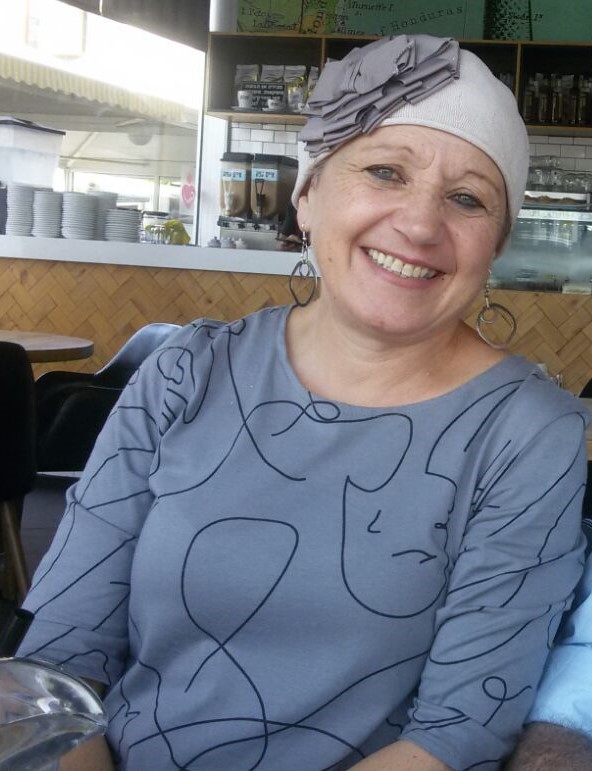עוד דיונים בעופות טהורות וטמאות.
רוצים להקדיש למידה? התחל כאן:
העמקה
רוצה להבין מה באמת קורה מתחת לפני השטח של הסוגיה?
שיעורים, פודקאסטים והרחבות של מיטב המורות שלנו יפתחו לך עוד זוויות וכיווני חשיבה.
חדשה בלימוד הגמרא?
זה הדף הראשון שלך? איזו התרגשות עצומה! יש לנו בדיוק את התכנים והכלים שיעזרו לך לעשות את הצעדים הראשונים ללמידה בקצב וברמה שלך, כך תוכלי להרגיש בנוח גם בתוך הסוגיות המורכבות ומאתגרות.
פסיפס הלומדות שלנו
גלי את קהילת הלומדות שלנו, מגוון נשים, רקעים וסיפורים. כולן חלק מתנועה ומסע מרגש ועוצמתי.
חולין סב
היה בקי בהן ובשמותיהן עוף הבא בסימן אחד טהור לא היה בקי בהן ובשמותיהן בסימן אחד טמא בשני סימנין טהור והוא שיכיר עורב
If one is familiar with the non-kosher birds and their names, any bird that comes before him with only one sign is kosher, since he can be sure that it is not the peres or ozniyya, which have only one sign. If he is not familiar with them and their names, any bird that he finds with one sign is non-kosher, since it may be the peres or ozniyya. But if he finds a bird with exactly two signs, it is kosher, provided that he can recognize a crow, since the crow is the only non-kosher bird with exactly two signs.
עורב ותו לא והתניא עורב זה עורב למינו ר’ אליעזר אומר להביא את הזרזיר אמרו לו לר’ אליעזר והלא אנשי כפר תמרתא שביהודה היו אוכלים אותן מפני שיש להן זפק אמר להם אף הן עתידין ליתן את הדין
The Gemara asks: Must he recognize only the crow and nothing more? But isn’t it taught in a baraita: The verse states: “Every orev after its kinds” (Leviticus 11:15). With regard to the orev, this is the well-known crow; as for the phrase “after its kinds,” Rabbi Eliezer says: It is written to include the zarzir, another type of crow, to teach that it is non-kosher. The Sages said to Rabbi Eliezer: But wouldn’t the people of Kefar Temarta in Judea eat the zarzir, because it has a crop? Rabbi Eliezer said to them: They too will be judged in the future for their transgression.
דבר אחר למינהו להביא סנונית לבנה דברי ר”א אמרו לו והלא אנשי גליל העליון אוכלים אותו מפני שקרקבנו נקלף אמר להם אף הן עתידין ליתן את הדין אלא עורב וכל מין עורב
Alternatively, the phrase “after its kinds” is written to include the white senunit and teach that it is non-kosher; this is the statement of Rabbi Eliezer. The Rabbis said to him: But don’t the people of the upper Galilee eat it, because its gizzard can be peeled? Rabbi Eliezer said to them: They too will be judged in the future for their transgression. In any event, the baraita indicates that other non-kosher birds exist that have two signs, like the crow. The Gemara responds: Rather, Rav Naḥman must have meant that one must be able to recognize the well-known crow and all other species of crow.
אמר אמימר הלכתא עוף הבא בסימן אחד טהור והוא דלא דריס א”ל רב אשי לאמימר הא דרב נחמן מאי א”ל לא שמיע לי כלומר לא סבירא לי מאי איכא משום פרס ועזניה ליתנהו בישוב
Ameimar said: The halakha is: Any bird that comes before a person with one sign is kosher, provided that it does not claw its food. Rav Ashi said to Ameimar: What about that which Rav Naḥman said, that if one finds a bird with exactly one sign, he may eat it only if he can identify all the non-kosher birds in the Torah, to be sure that it is not one of them? Ameimar said to him: I did not hear this statement; that is to say: I do not hold accordingly. What concern is there? Is one concerned because of the peres and ozniyya, which have only one sign? They are not found in settled areas, and one need not be concerned about them.
אמר רב יהודה עוף המסרט כשר לטהרת מצורע וזו היא סנונית לבנה שנחלקו בה ר’ אליעזר וחכמים
§ Rav Yehuda says: The bird known as the scratching bird is fit for use in the purification of a leper, i.e., it is kosher. Only kosher birds are fit for this rite, as the verse states: “Then shall the priest command to take for him that is to be purified two living pure birds” (Leviticus 14:4). And this is the white senunit about which Rabbi Eliezer and the Rabbis disagreed in the baraita.
אמר אמימר בחיורא כרסה כולי עלמא לא פליגי דשריא כי פליגי בדירוקא כרסה ר”א אסר ורבנן שרו והלכתא כר”א
Ameimar said: There are two kinds of white senunit. With regard to the senunit with a white belly, everyone agrees that it is permitted for consumption. They disagree when discussing the kind with a yellow belly. Rabbi Eliezer prohibits it, and the Rabbis permit it. And the halakha is in accordance with the opinion of Rabbi Eliezer.
מר זוטרא מתני הכי בדירוקא כרסה כולי עלמא לא פליגי דאסיר כי פליגי בדחיורא כרסה ר”א אסר ורבנן שרו והלכתא כרבנן דשרו
Mar Zutra teaches the statement of Ameimar in this manner: With regard to the senunit with a yellow belly, everyone agrees that it is prohibited. They disagree when discussing the kind with a white belly. Rabbi Eliezer deems it prohibited, and the Rabbis deem it permitted. And the halakha is in accordance with the opinion of the Rabbis, who deem it permitted.
בשלמא למ”ד בחיורא כרסה פליגי היינו דקתני זו היא סנונית לבנה אלא למ”ד בדירוקא פליגי מאי זו היא סנונית לבנה לאפוקי דבתי דאוכמתי
The Gemara asks: Granted, according to the one who says that they disagree with regard to the kind with a white belly, this explanation is consistent with that which Rav Yehuda teaches: This is the white senunit about which Rabbi Eliezer and the Rabbis disagreed. But according to the one who says that they disagree with regard to the kind with a yellow belly, what is the meaning of the phrase: This is the white senunit? The Gemara responds: The phrase: White senunit, is used only to exclude the house senunit, which is black.
אמר רחבה אמר רבי יהודה תסיל פסול משום תורין וכשר משום בני יונה דאציפי ותורין של רחבה כשרין משום תורין ופסולין משום בני יונה מתיב רב דניאל בר רב קטינא כל העופות
§ Raḥava says that Rabbi Yehuda says: A young tasil, which is similar to a dove, is unfit for sacrifice as a dove, which is fit only when mature, but it is fit for sacrifice as a pigeon, which is fit only when immature. In other words, the tasil is considered a type of pigeon, not a dove. A mature datzifi bird, and mature doves of Reḥava, are fit as doves, but are unfit as pigeons, since they are types of doves. Rav Daniel bar Rav Ketina raises an objection from a mishna (Para 9:3): All birds
פוסלין מי חטאת חוץ מן היונה מפני שמוצצת ואם איתא ליתני חוץ מיונה ותסיל א”ר זירא זה מוצץ ומקיא וזה מוצץ ואינו מקיא
disqualify the water of purification, i.e., water in which ashes of the red heifer have been placed, by drinking from it. The water that entered the bird’s mouth is disqualified, and some of it drips back into the container, disqualifying the rest. This applies to all birds except for the pigeon, because it sips the water from the container and none falls back in from its mouth. But if it is so that the tasil is a type of pigeon, let the mishna teach: Except for the pigeon and the tasil. Rabbi Zeira said: Although the tasil is a type of pigeon and sips the water as well, this, the tasil, sips the water and spits part of it back, and therefore disqualifies the water of purification, and that, the pigeon, sips but does not spit.
אמר רב יהודה הני כופשני צוצייני כשרים לגבי מזבח והן הן תורין של רחבה מיתיבי (במדבר יט, ו) אזוב ולא אזוב יון ולא אזוב כוחלי ולא אזוב רומי ולא מדברי ולא כל אזוב שיש לו שם לווי
Rav Yehuda says: The tzutzeyanei doves are fit for sacrifice on the altar, and they are the doves of Reḥava mentioned earlier. The Gemara raises an objection from a mishna (Nega’im 14:6): The Torah requires hyssop for the purification of a leper. It must be standard hyssop, and neither a hyssop of Greece, nor stibium hyssop, nor Roman hyssop, nor desert hyssop, nor any other kind of hyssop whose name is accompanied by a modifier. Likewise, tzutzeyanei doves should be unfit for sacrifice, because they have a modifier in their name.
אמר אביי כל שנשתנה שמו קודם מתן תורה והקפידה תורה עליו יש לו שם לווי פסול והני לא נשתנו שמן קודם מתן תורה רבא אמר הני כופשני צוצייני באתרייהו סתמא קרי להו
Abaye said: Any item whose name was modified before the giving of the Torah, and concerning which the Torah was particular when naming it, is unfit if its name is accompanied by a modifier, since the language of the Torah was formulated to exclude it. But the name of these tzutzeyanei doves was not modified, i.e., the modifier tzutzeyanei was not applied to them, before the giving of the Torah. Even though it was applied to them later, they are still fit for sacrifice. Alternatively, Rava said: The tzutzeyanei doves are called simply doves in their place of habitation.
אמר רב יהודה הני כרזי דבי חילפי שרו ודבי כרבי אסירי אמר רבינא ומלקינן עלייהו משום שרץ העוף ואמר רב יהודה צרדא שרי ברדא אסיר וסימניך בר מיניה מרדא ספקא
Similarly, Rav Yehuda says: These grasshoppers found among the shrubs are kosher and permitted for consumption. And those found among the cabbages are forbidden. Ravina said: And we flog those who eat them on their account, due to the prohibition: “And all winged swarming things are impure unto you” (Deuteronomy 14:19). And Rav Yehuda says: The bird called tzarda is permitted for consumption, and the barda is prohibited. And your mnemonic to remember which is which is this: Eat any bird except [bar] for it. As for the marda, it is uncertain whether it is kosher.
אמר רב אסי שמונה ספיקות הן חובא חוגא סוגא והרנוגא תושלמי ומרדא כוחילנא ובר נפחא מאי ספיקייהו עופות טהורים קורקבנן נקלף וטמאין אין קורקבנן נקלף והני קורקבנן נקלף בסכינא
Rav Asi says: There are eight uncertain cases: The ḥuva, ḥuga, suga, and harnuga, tushelemi, and marda, kuḥilna, and bar nappaḥa. The Gemara explains: What is their uncertainty? The gizzard of kosher birds can be peeled, as mentioned in the mishna, and the gizzard of non-kosher birds cannot be peeled, but the gizzard of these birds can be peeled only with a knife.
והא ההיא בר אווזא דהוה בי מר שמואל דלא הוה קא מקלף קורקבניה ואותביה בשימשא וכיון דרפי איקליף התם כי רפי איקליף בידא הכא אע”ג דרפי לא מקליף אלא בסכינא
The Gemara asks: But why should these not be kosher? Wasn’t there a certain duck in the house of Mar Shmuel whose gizzard could not be peeled, and they set the gizzard in the sun, and once it softened it could be peeled? The Gemara responds: There, when it softened it could be peeled by hand. Here, in these eight cases, even when it softened it could be peeled only with a knife.
אמר אביי תרנגולא דאגמא חד משמונה ספיקות הוא והיינו מרדו אמר רב פפא תרנגולא דאגמא אסירא תרנגולתא דאגמא שריא וסימניך עמוני ולא עמונית דרש מרימר תרנגולתא דאגמא אסירא חזיוה דדרסה ואכלה והיינו גירותא
Abaye says: The swamp rooster is one of the eight uncertain cases, and this is the mardu, i.e., the marda mentioned earlier. Rav Pappa says: The swamp rooster is forbidden, but the swamphen is permitted. And your mnemonic to remember this is the statement of the Sages with regard to the verse: “An Ammonite or a Moabite shall not enter into the assembly of the Lord” (Deuteronomy 23:4), that an Ammonite man is unfit to enter the assembly, but not an Ammonite woman. Mareimar taught: The swamphen is forbidden, because the Sages saw that it claws its prey and eats it. And this is the giruta, a non-kosher bird (see 109b).
אמר רב שבור אנדרפטא שרי פירוז אנדרפטא אסור וסימניך פירוז רשיעא אמר רב הונא בוניא שרי פרוא אסיר וסימניך פרואה אמגושא
Rav says: The bird called the shavor anderafta is permitted, but the piruz anderafta is forbidden. And your mnemonic to remember this is the known personality Piruz the Evil. Rav Huna says: The bird called the bunya is permitted. The parva is forbidden. And your mnemonic to remember this is the known personality Parva’a the Sorcerer.
אמר רב פפא מרדו זגיד ואכיל שרי סגיד ואכיל אסור וסימניך (שמות לד, יד) לא תשתחוה לאל אחר אמר שמואל שתיא חמרא אסירא וסימניך שתויי יין פסולין לעבודה ואמר שמואל מזגא חמרא אסירא
Rav Pappa says: The bird known as the reclining and eating mardu is permitted, while the bowing and eating mardu is forbidden. And your mnemonic to remember this is the verse: “You shall bow down to no other god” (Exodus 34:14). Shmuel says: The bird called the wine drinker is forbidden. And your mnemonic to remember this is the halakha: Those who drank wine are unfit for service in the Temple. And Shmuel says: The bird called the wine pourer is forbidden.



















